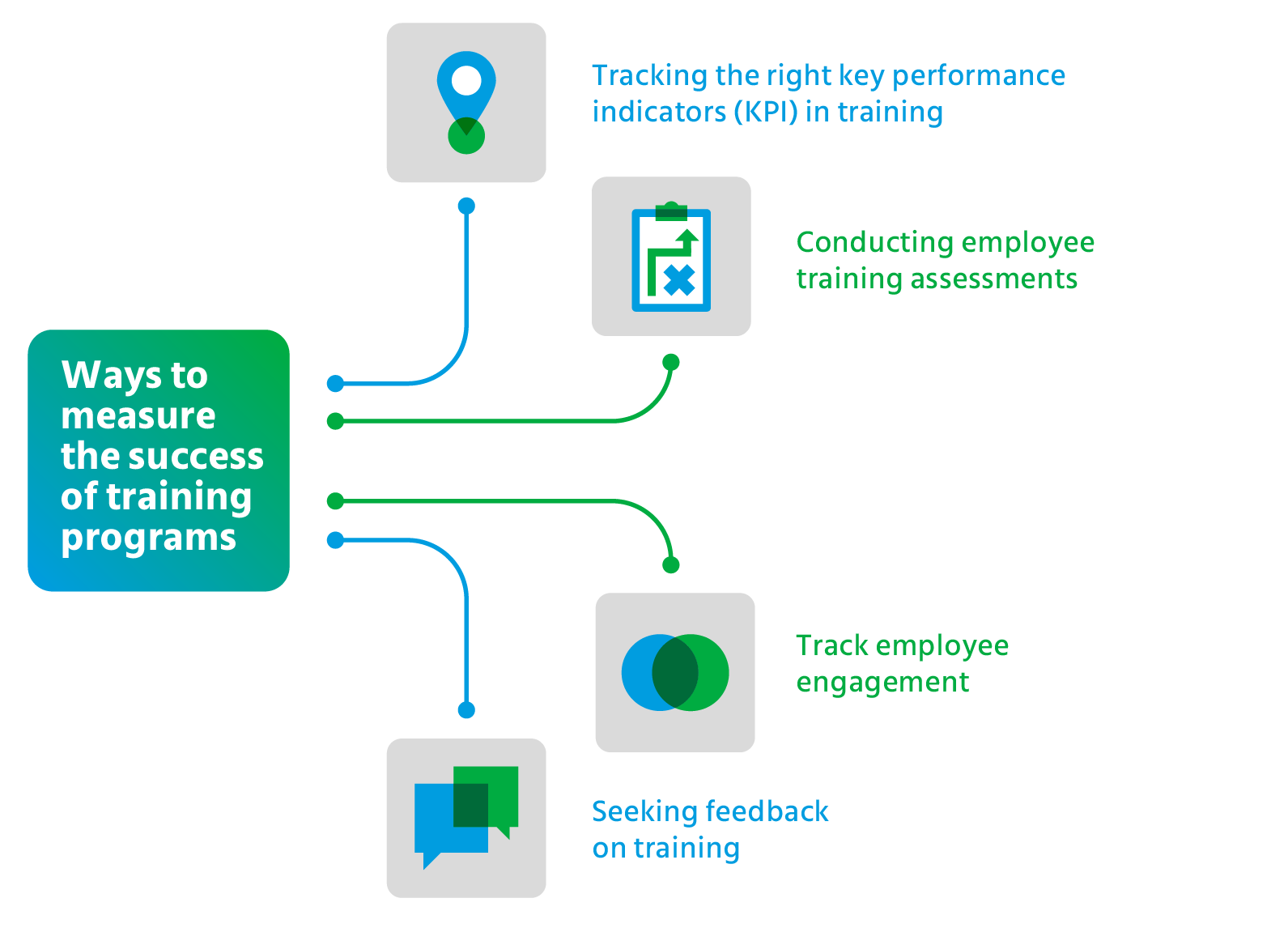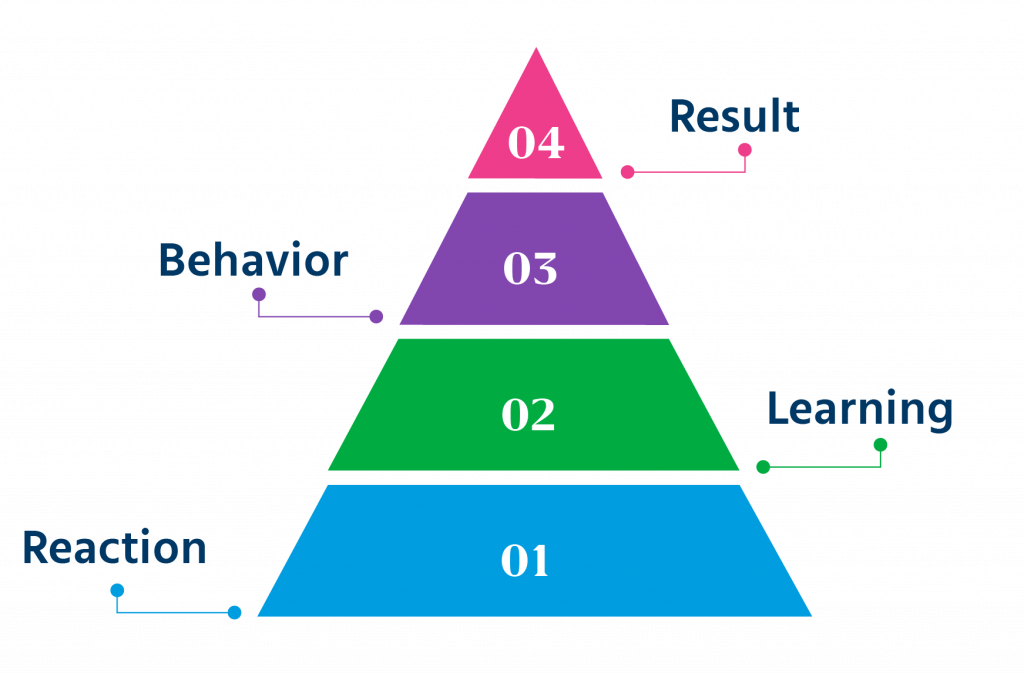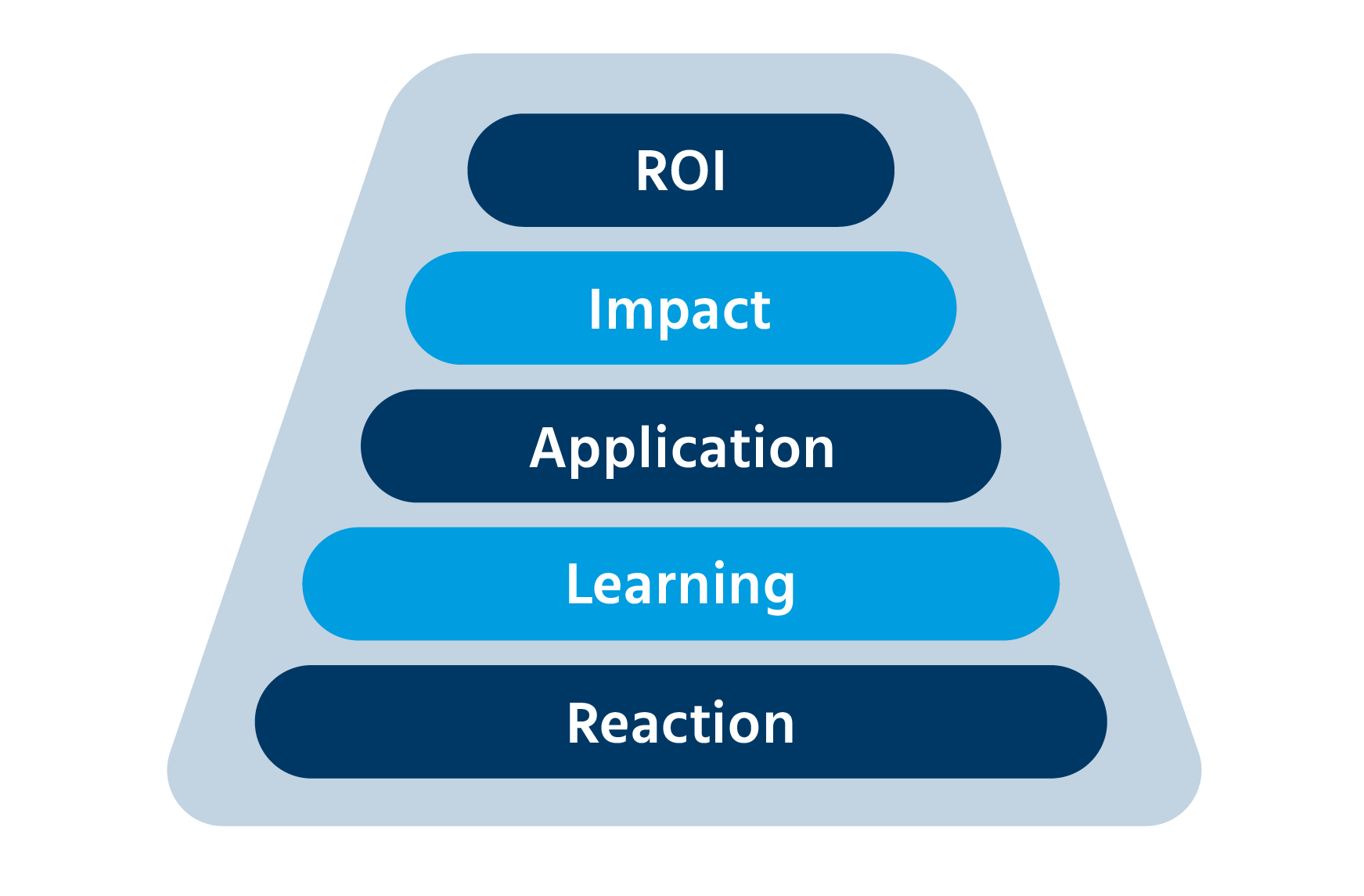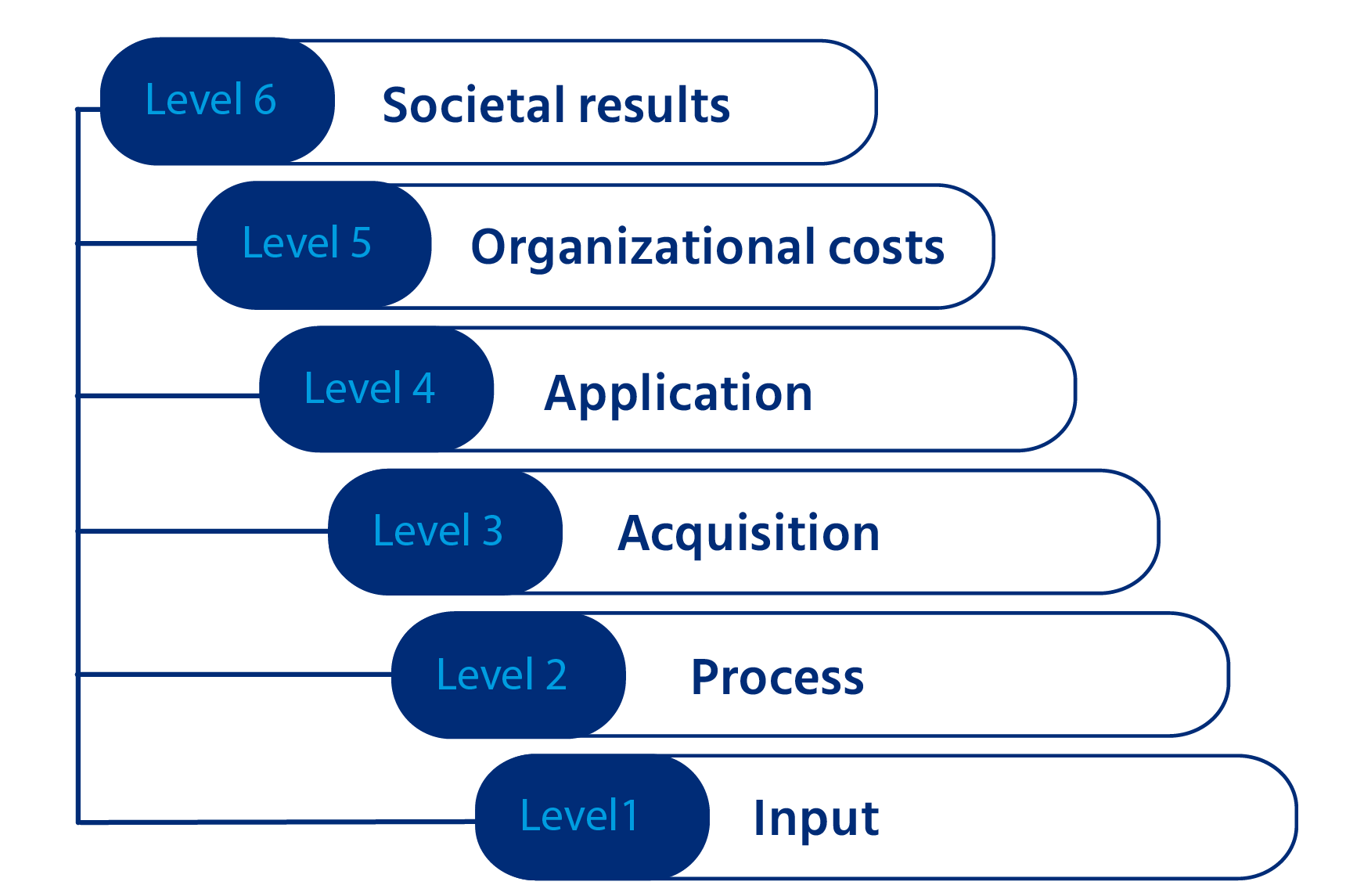Understanding training evaluation metrics is crucial to measuring training effectiveness. It allows organizations to implement well-conceptualized training that makes efficient and high-performing teams.
A popular method to measure training effectiveness is identifying the 3Ws (why, who, and what of training):
Why train employees?
As the business landscape evolves with time, employees’ existing skills are unable to meet organizational demands as well as personal career goals completely. Therefore, implementing employee training programs according to different employee categories and their core competencies can help improve workplace productivity and outcomes.
Who to train?
Identify organizational requirements and employees’ aspirations. Based on these factors, employees who are being considered for promotion, seeking lateral shifts, or are willing to improve their performance can be considered for employee training programs.
Ideally, every employee should be given an equal chance to refine their skills. Therefore, a personalized program for each employee category can be designed.
What to train on?
Every employee has varied training needs; some employees need to learn transferable skills, while others need to refine their leadership qualities. Therefore, a well-rounded training program should be designed according to different job profiles, employee needs, and organizational mobility requirements.
Training evaluation metrics can include the following questions:
- How many participants completed the training?
- What is the success/underperformance rate of assessments undertaken?
- Is there any significant behavioral change observed due to the intervention?
- What is the return on investment (ROI)?
Some ways to measure training effectiveness for an employee training program are-
1. Tracking the correct key performance indicators (KPI)
Organizations should focus on KPIs that provide clarity regarding employees’ performance projections and progress. They include:
- Skills and knowledge retention
- Employee time to proficiency
- Employee engagement
- Transfer of training
- Net promoter score
- Impact of training on organizational performance
Measuring the accurate KPIs helps understand training gaps and success factors, which allows valuable strategy modifications.
2. Conducting employee training assessments
Employee training assessments are excellent for L&D professionals as they help assess trainees’ learning retention and progress from beginning to end. The steps to administering a training assessment are:
Prior training assessment
An assessment before training provides a baseline of awareness of employees’ existing skills. Such assessments provide a base to evaluate employees’ performance before and after the training.
Mid-training evaluation
Gauging employees while training makes it easier to understand whether the exercise is helping employees or if it needs some amendments.
Post-training assessment
An employee assessment at the end of training helps compare scores against the pre-training scores to determine whether there is an improvement. These evaluations efficiently address a progression or retrogression in trainees’ performances, helping make necessary training amendments.
3. Tracking employee engagement
It’s essential to understand whether the training initiative is engaging employees and if they are committed to the training from the beginning to the end. The success of a training initiative is directly related to the richness of content and the value it provides to the learners.
A few questions that answer whether employees are engaged or not are:
- Are employees interested in other programs?
- Are they completing courses or programs at the right pace?
- Do they ask questions?
- Is there a change in their behavior due to training?
- Are they discussing doubts with a senior resource or managers?
4. Seeking feedback on training
Employees’ feedback regarding their learning experience helps recruiters understand what’s effective and what’s not. An ideal way to seek feedback is through a medium where learners can express their training experience. For example, an anonymous feedback survey during the training program helps understand employees’ honest views.
Engaging employees in this activity throughout the program aids L&D managers in extracting valuable insights that help improve training satisfaction in the future.










 Behavioral Competencies
Behavioral Competencies Cognitive Competencies
Cognitive Competencies Coding Competencies
Coding Competencies Domain Competencies
Domain Competencies
























